Category: Features
-
Diné Latter-day Saints
One often-overlooked aspect of The Church of Jesus Christ of Latter-day Saints is the interactions of the institution with the Diné (Navajo) peoples in the western United States. In a recent interview at the Latter-day Saint history blog From the Desk, Farina King (an expert in colonial and post-colonial Indigenous studies) discussed some of the…
-
National Treasure – Israel Style
We read in the Hebrew Bible that King Nebuchadnezzar of Babylon came to Jerusalem and “carried off all the treasures of the house of the Lord and the treasures of the king’s house” (2 Kings 24:13). The question of what happened to those treasures afterwards has been a subject of fascination ever since. In a…
-
On John A. Widtsoe
John A. Widtsoe was an influential apostle and theologian in the Church who came from a scientific background. In a recent interview at the Latter-day Saint history blog From the Desk, biographer Thomas G. Alexander discussed the life and contributions of this apostle-scientist. What follows here is a co-post to the full interview.
-
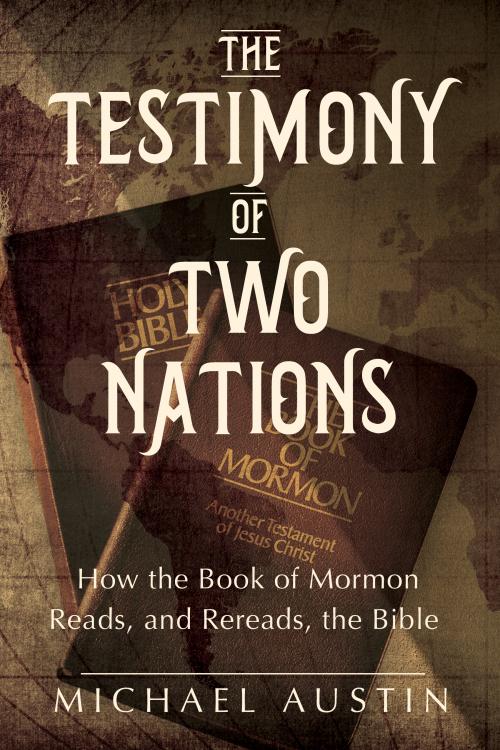
The Testimony of Two Nations: A Review
The Testimony of Two Nations: How the Book of Mormon Reads, and Rereads, the Bible by Michael Austin (University of Illinois Press, 2024) is a delightful and insightful venture into the ways in which the Book of Mormon interacts with the Bible.
-
“I Am” Statements of Jesus in the Book of Mormon
When Moses was called by YHWH, he asked the Lord, “when I come unto the children of Israel, and shall say unto them, The God of your fathers hath sent me unto you; and they shall say to me, What is his name? what shall I say unto them?” In response, YHWH said, “I Am…
-
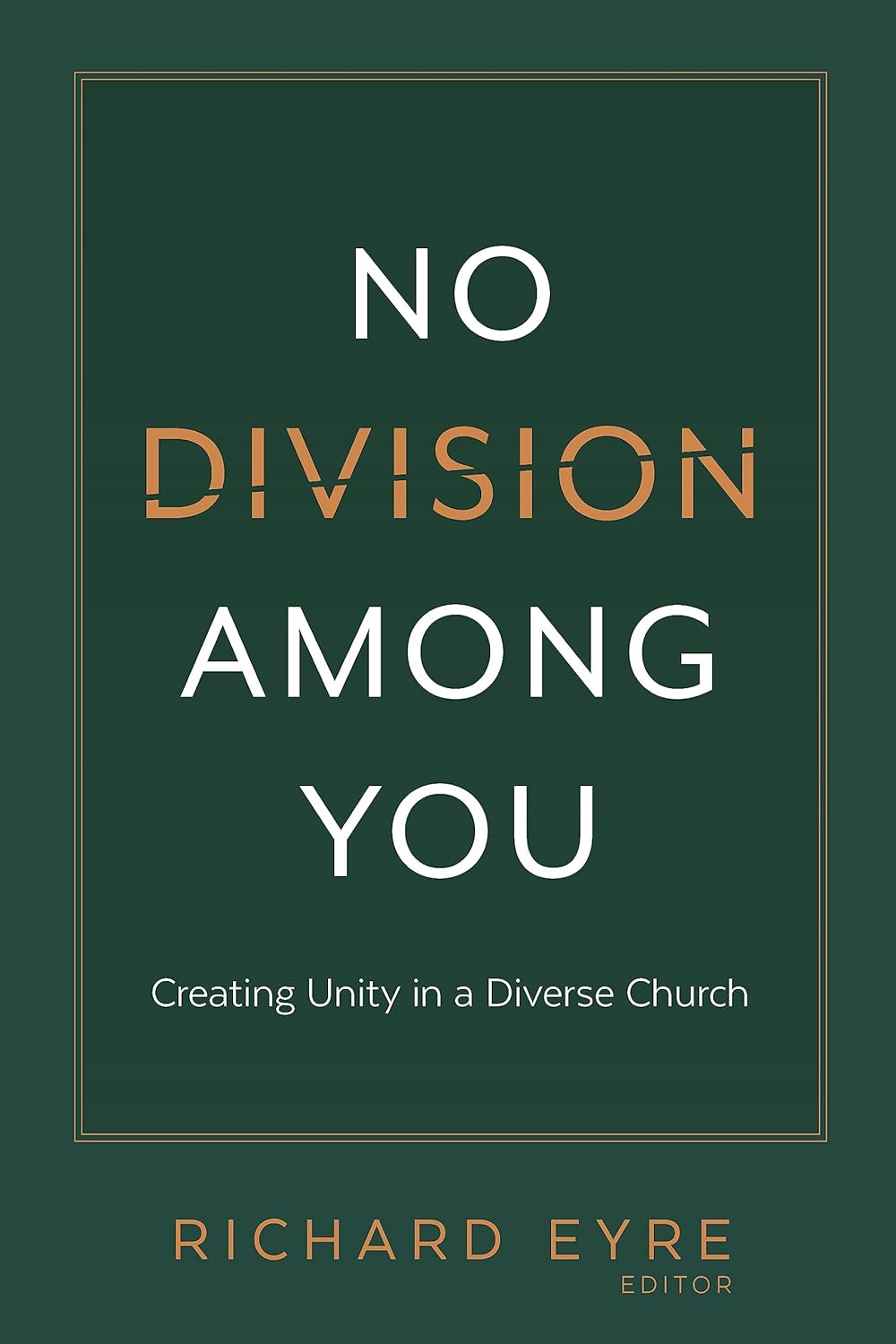
No Division Among You: A Review
No Division Among You: Creating Unity in a Diverse Church, ed. Richard Eyre (Deseret Book, 2023) is a beautiful book in its intentions and efforts. The book is a collection of 14 essays that discuss ways to view the need for unity while embracing diversity. Each essay is by a different author, bringing in diverse…
-
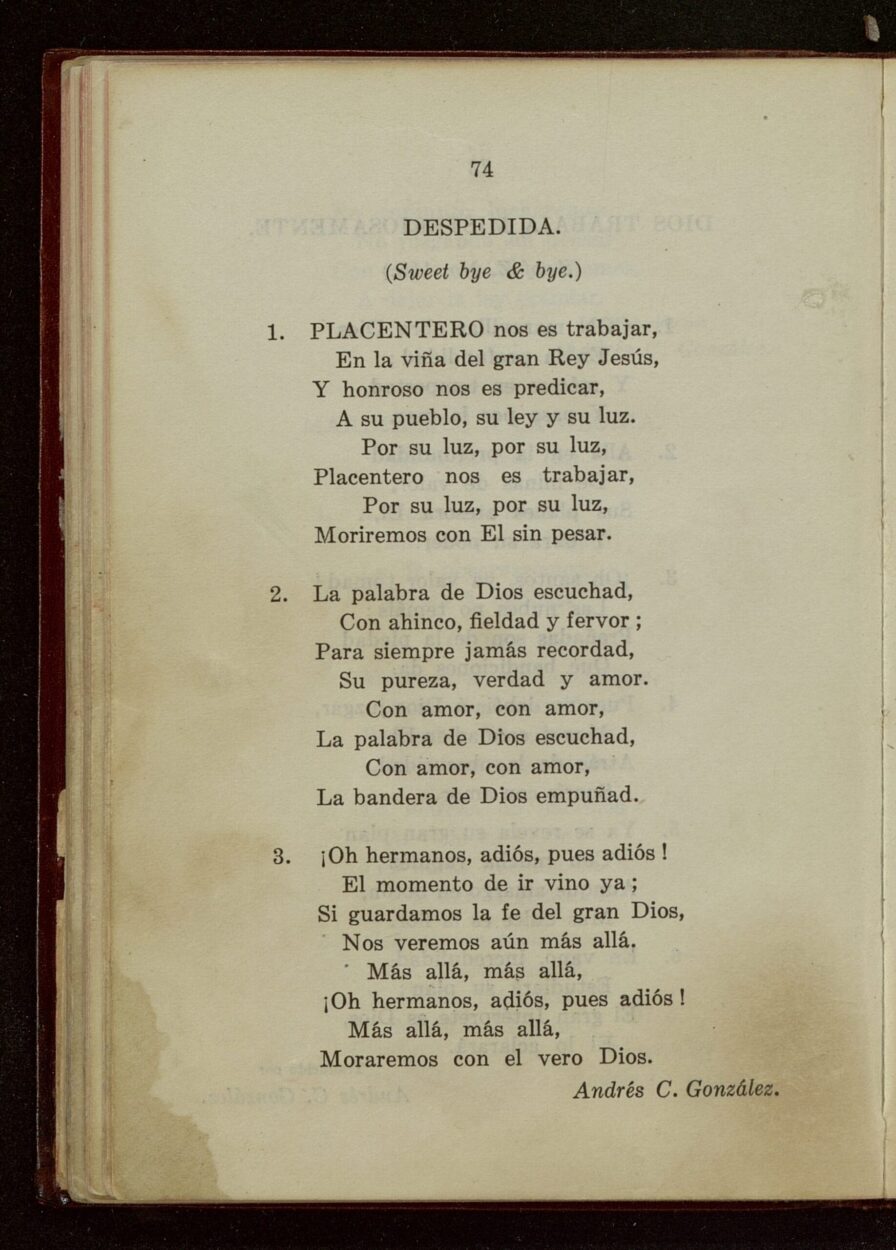
“Placentero nos es trabajar”
“Placentero nos es trabajar” or “Despedida” is one of the more popular hymns that is included in Latter-day Saint hymn books, written by a Latter-day Saint, but not in the English hymnal at this time. Hence, I’ve been consistent in pointing it out as a likely candidate for inclusion in the forthcoming hymnal. While I’ve…
-
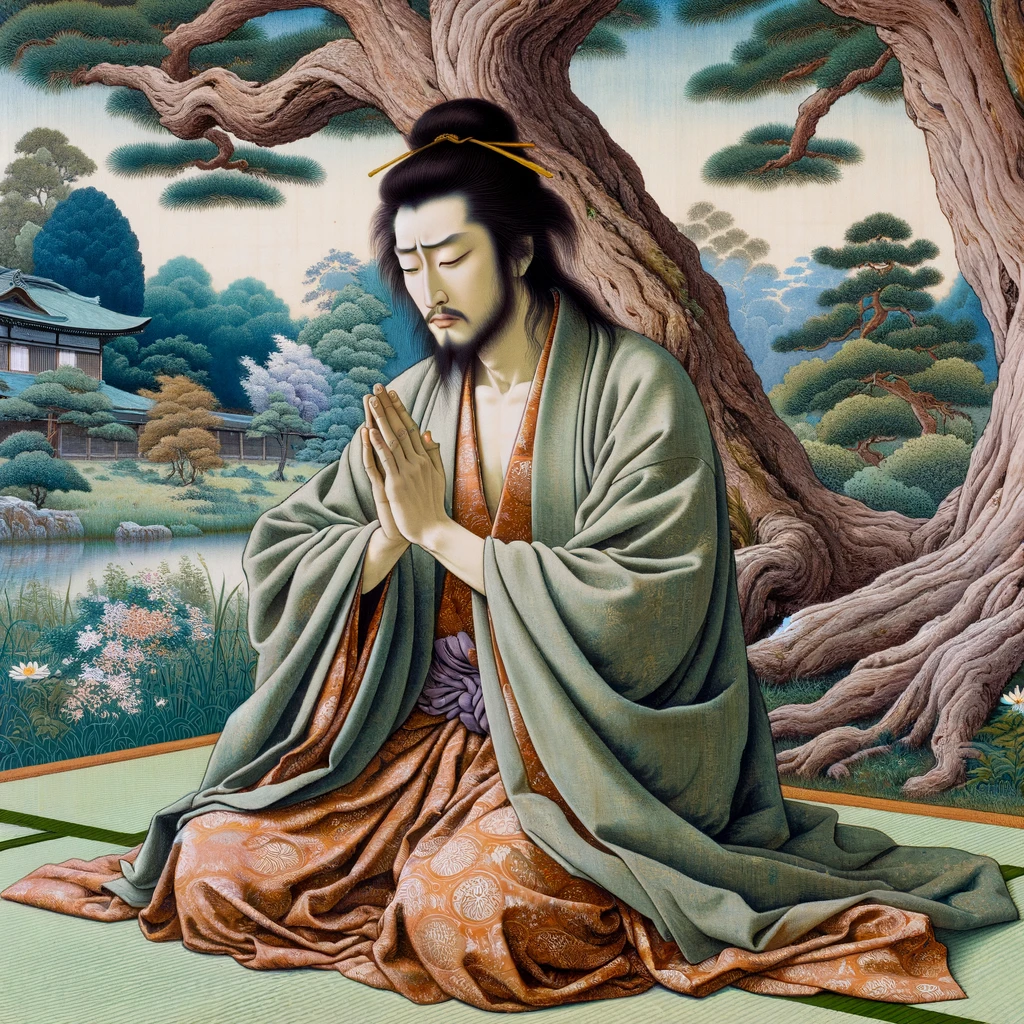
Latter-day Saint Book Review: A Life of Jesus, by Shusaku Endo
A Life of Jesus is an introduction to the life of Christ by renowned Catholic Japanese novelist Shusaku Endo, the author of Silence, a book set during the early persecutions of Christians in Japan. Much of Endo’s work revolves around the tensions of being a Catholic in a very non-Christian country, and this book was written…
-
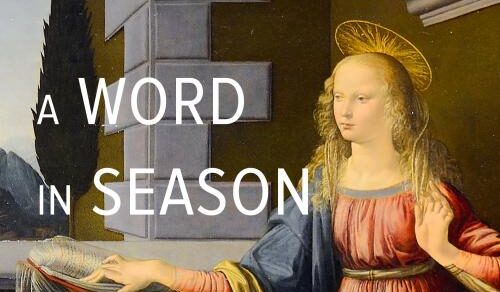
A Word in Season: Isaiah’s Reception in the Book of Mormon (A Review)
A Word in Season: Isaiah’s Reception in the Book of Mormon by Joseph M. Spencer (University of Illinois Press, 11/21/2023) is a scholarly exploration into the interplay between the biblical prophet Isaiah and the narrative fabric of the Book of Mormon
-
Latter-day Saints and Biblical Theology
Interpreting the scriptures is a vital part of the Judeo-Christian tradition. In a recent interview at the Latter-day Saint history blog From the Desk, Joseph Spencer discussed a particular approach to interpreting the Bible—Biblical Theology. In particular, he focused on recent developments in Latter-day Saint Biblical Theology. What follows here is a co-post to the…
-
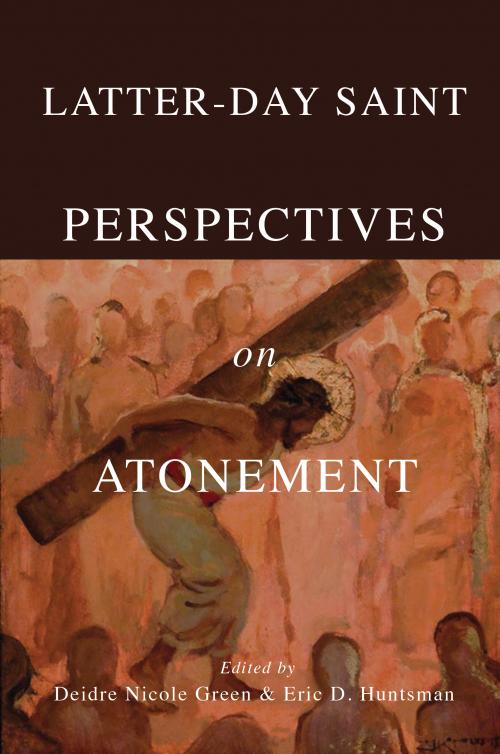
Latter-day Saint Perspectives on Atonement – A Review
Latter-day Saint Perspectives on Atonement is a fascinating journey through the scriptures and teachings of The Church of Jesus Christ of Latter-day Saints about the Atonement of Jesus Christ.
-
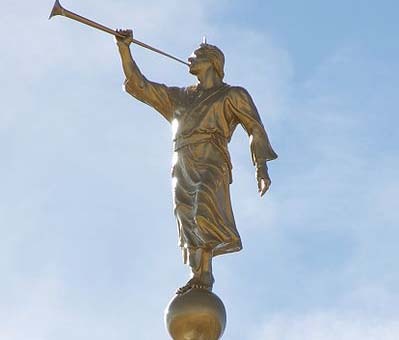
Grant Hardy on the Annotated Book of Mormon
It was a monumental effort to create this version of the Book of Mormon.
-
On Martha Hughes Cannon
Martha Hughes Cannon was a notable, if complicated, woman in Utah history. Although somewhat forgotten (partly due to her son burning all her journals, at her request), she has become more widely remembered in recent years. In a recent interview at the Latter-day Saint history blog, From the Desk, biographer Constance L. Lieber shared some…
-
Chad’s Top 10 Book List from 2023
In case it’s of use to anyone, I’ve prepared a list of my top 10 books that I’ve read this last year. (That can include books that were not published within the last year, though the majority of them were published in 2023 or 2022):
-
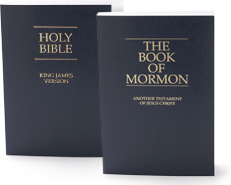
Come, Follow Me: Book of Mormon Resources
As Jonathan has been pointing out in his posts about Reading the Book of Mormon in wartime and Book of Mormon historical revisionism, we are only a few weeks out from starting the next year of the reading cycle. Come, Follow Me 2024, will focus on the Book of Mormon. We’ve had posts and discussions…
-
Brigham Young’s Early Journals
While the Joseph Smith Papers project is, in many respects, wrapping up, other presidents of the Church—including Brigham Young— have begun to receive more attention and papers projects of their own. In a recent interview at the Latter-day Saint history blog From the Desk, Ronald K. Esplin discussed some of his observations about the first…
-
2024 Church History Symposium
2024 Church History Symposium “Shall the Youth of Zion Falter?” The Young Women?and Young Men Organizations of The Church of Jesus Christ of Latter-day Saints
-
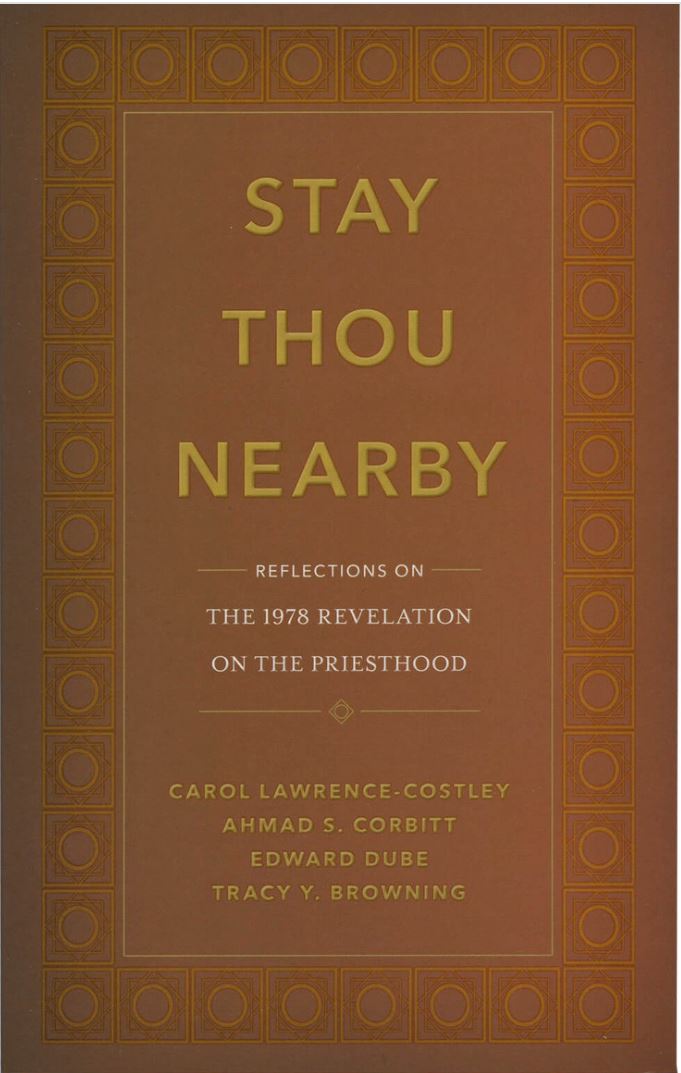
Stay Thou Nearby: A Review
The 1852–1978 priesthood and temple ban on Blacks in The Church of Jesus Christ of Latter-day Saints is a bitter pill to swallow, especially for those affected most directly by it. I have been grateful, however, for efforts in the Church to address the issue more openly in recent years, including several publications from Deseret…
-
George Q. Cannon was far too Helpful and Talented
It is not an uncommon experience in the history of The Church of Jesus Christ of Latter-day Saints for a member of the First Presidency or Quorum of the Twelve other than the president of the Church to functionally run the Church or to have a huge impact on the Church. In the twentieth century,…
-
Lowell L. Bennion: A Mormon Educator, a Review
I have to say that I’m a fan of the trend towards short, accessible biographies of notable figures in Latter-day Saint history. Between University of Illinois Press’s “Introductions to Mormon Thought” series and Signature Books’s “Brief Biography,” there is a lot of excellent work being published. One of the most recent, Lowell L. Bennion: A…
-
Premortal Existence, Foreordination, and Abraham
The Book of Abraham, chapter 3 is, in many ways, the most important foundational text for the Latter-day Saint concept of a premortal existence. In it, Abraham is shown his own foreordination to be a leader in God’s work as well as the events of the War in Heaven. In a recent interview at the…
-
Thomas Wayment on the KJV
Why do Latter-day Saints regard the King James Version as the official English translation of the Bible for the Church? It’s a question that has been asked many times by different people, especially since there are translations in modern English that have a better textual basis in Greek manuscripts. In a recent co-post at the…
-
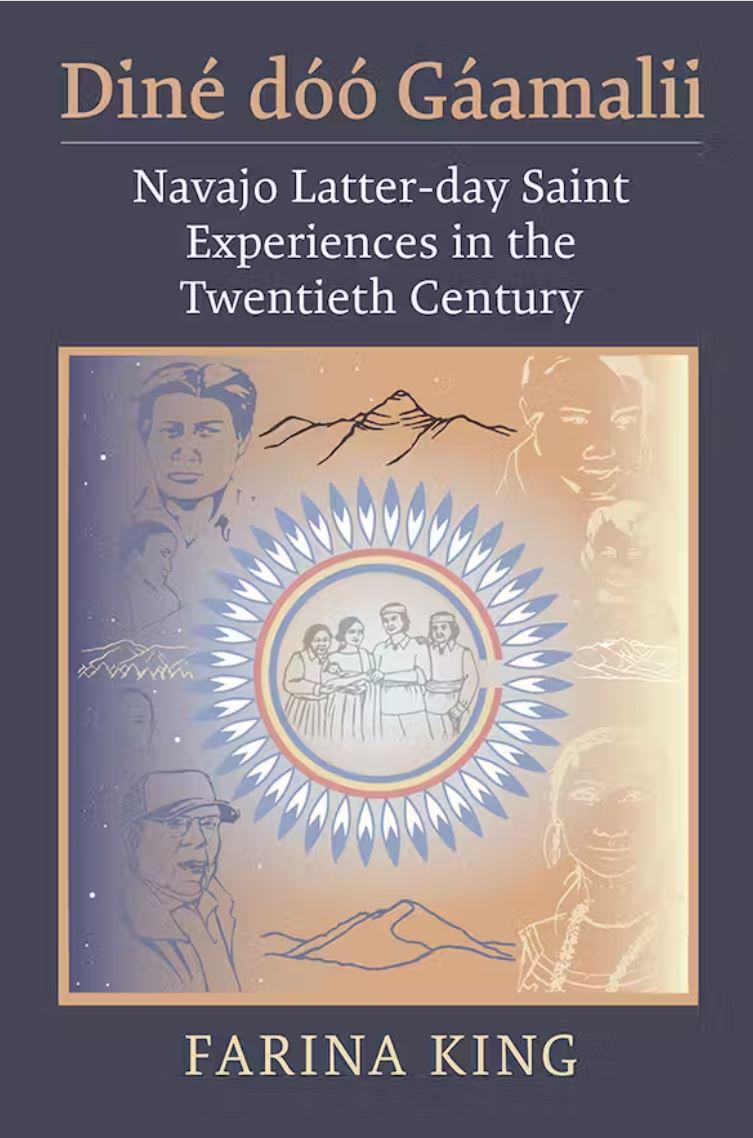
Diné dóó Gáamalii: Navajo Latter-day Saint Experiences in the Twentieth Century: A Review
Alicia Harris—an Assistant Professor of Native American Art History at the University of Oklahoma—wrote that “If the LDS Church really can work for all peoples, we need to more attentively listen, hear, and be represented by a much greater variety of voices. We must more actively prepare a place for dual identities to be touched…
-
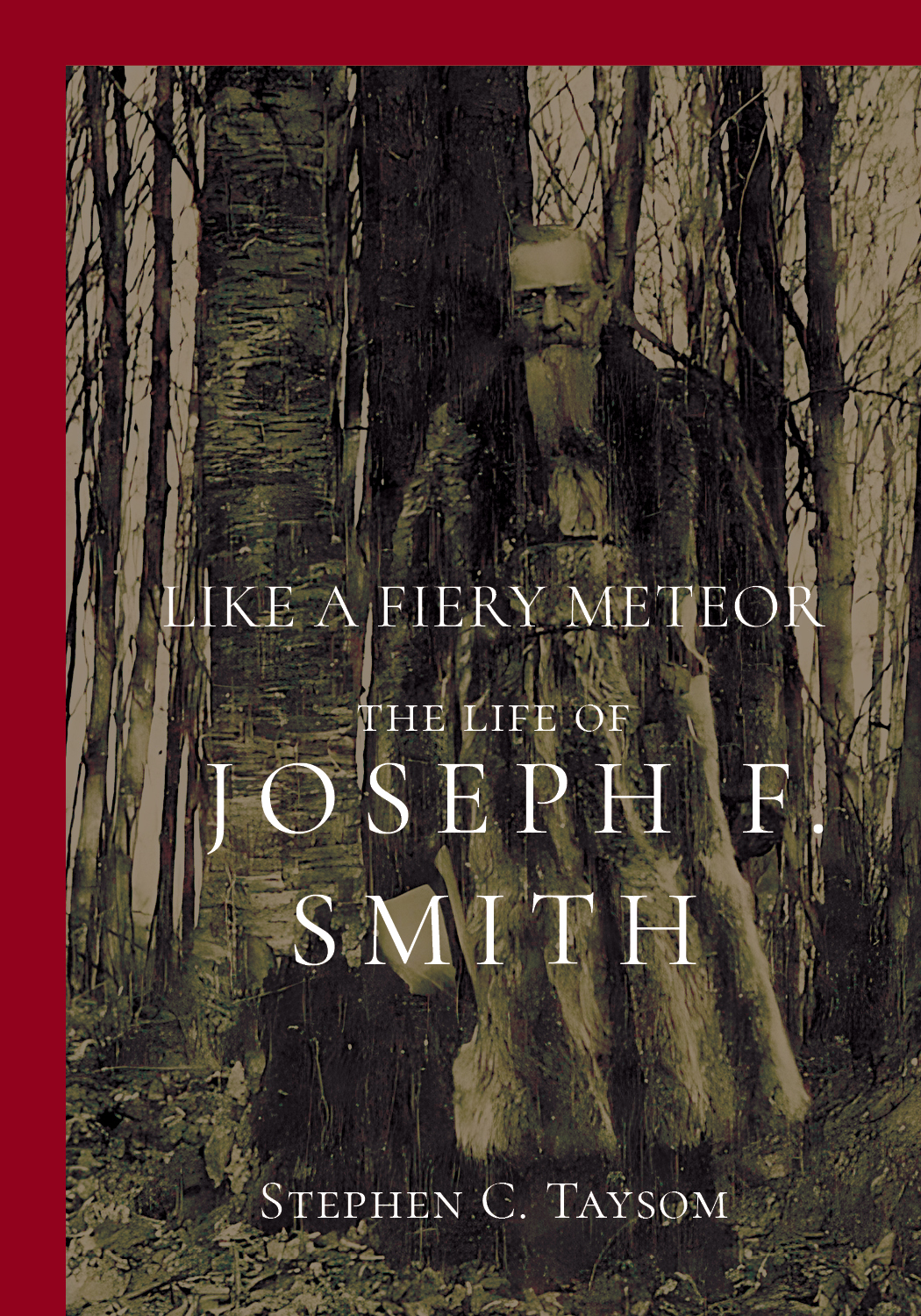
Like a Fiery Meteor: The Life of Joseph F. Smith: A Review
Joseph F. Smith (1838–1917) is a towering figure in Latter-day Saint history, so I have waited and hoped for an academically rigorous biography about him for years. Stephen C Taysom delivered on that hope this year in Like a Fiery Meteor: The Life of Joseph F. Smith.
-

The First Vision in Two Churches
The recently-published Restorations: Scholars in Dialogue from Community of Christ and The Church of Jesus Christ of Latter-day Saints is a fantastic glimpse into the similarities and differences between the two largest churches that emerged from the legacy of Joseph Smith, Jr. One of the highlights was a discussion between Keith J. Wilson and Lachlan…
-
2024 Call For Library Research Fellows In Mormon Studies, University of Virginia
The University of Virginia’s Mormon Studies Program is pleased to announce the inaugural award of the Aileen H. and Hal M. Clyde Research Fellowship in Mormon Studies and Gender. For the year 2024, as many as two fellowships of $2,500 will be awarded for research in the Gregory A. Prince Collection related to Mormonism and…
-
The Many Lives of the King Follett Sermon
I have to admit that I have had an ongoing fascination with the King Follett Sermon. I had been acquainted with bits and pieces of it here and there, but only really became familiar with the full text early on in my mission. But it has shaped a lot of my theology and views in…
-
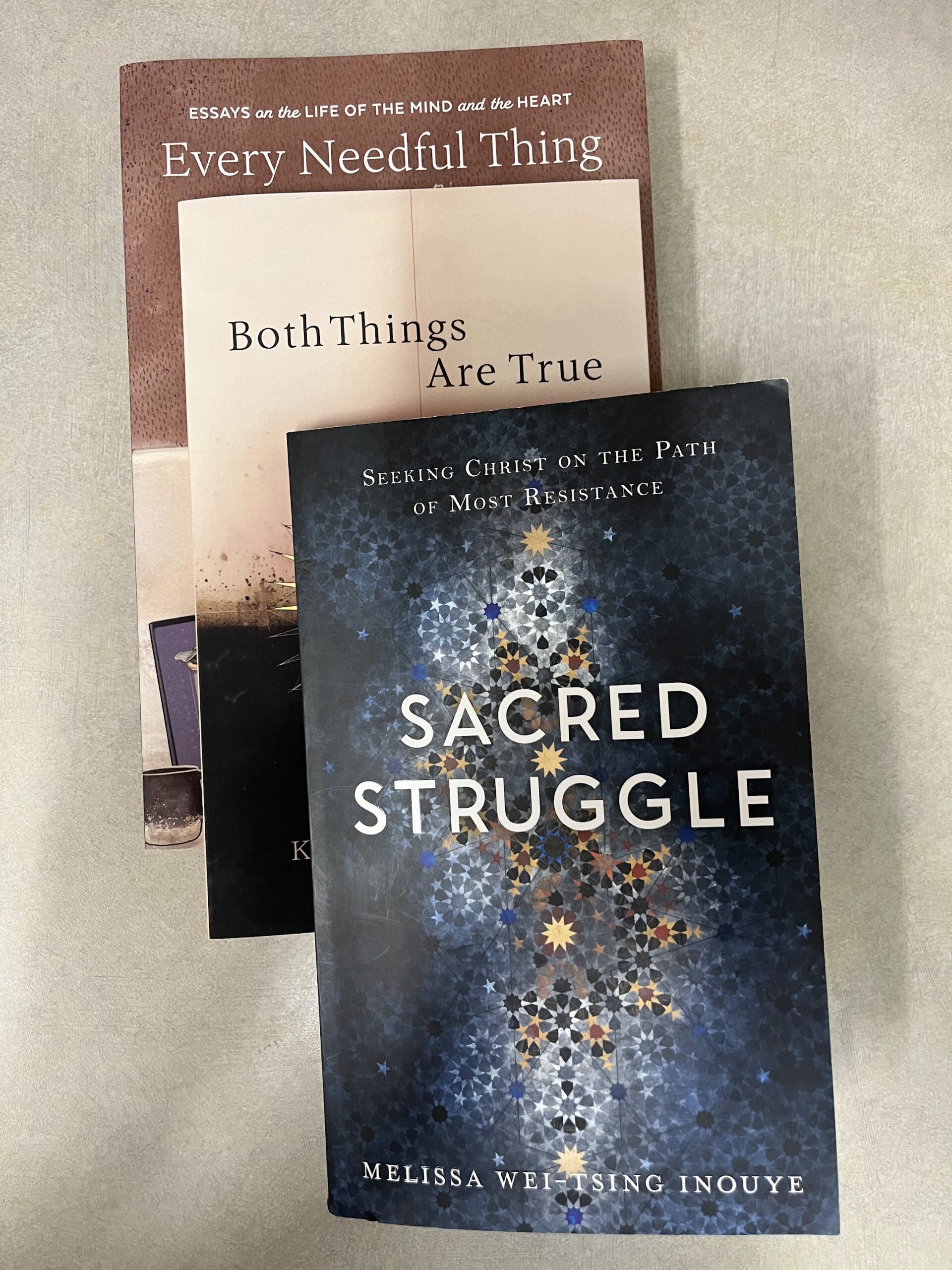
Review: Melissa Wei-Tsing Inouye, “Sacred Struggle: Seeking Christ on the Path of Most Resistance”
Melissa Wei-Tsing Inouye’s new book, Sacred Struggle: Seeking Christ on the Path of Most Resistance, confirms her status as reigning queen of great subtitles. It also confirms her status as one of our tradition’s most insightful pastoral-ecclesiological thinkers, worthy heir to the great Chieko Okazaki. Melissa has the professional training, the personal background and experience,…
-
Joseph Smith’s Gold Plates: A Review
Richard Lyman Bushman’s Joseph Smith’s Gold Plates: A Cultural History (Oxford University Press, 2023) is an important contribution to Book of Mormon studies. As a cultural history of the gold plates, the book traces the story of the plates and the translation of the Book of Mormon, reactions to the story and the development of…
-
Lowell Bennion
The Church of Jesus Christ of Latter-day Saints saw a group of highly-impactful university professors during the 20th century who helped to shape Latter-day Saint thought. For many, Hugh Nibley, Truman Madsen, Eugene England are a well-known part of their experience with the Church. Another figure that deserves to be remembered in that group is…
